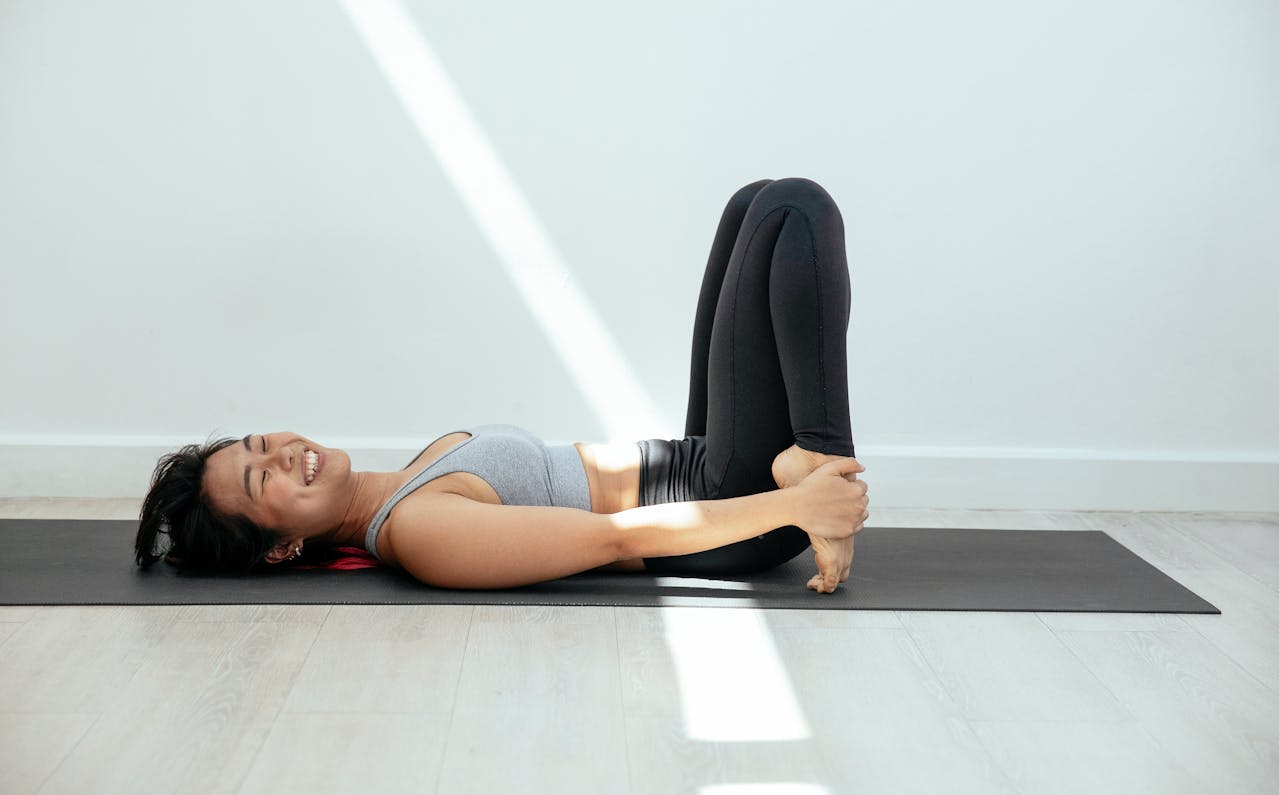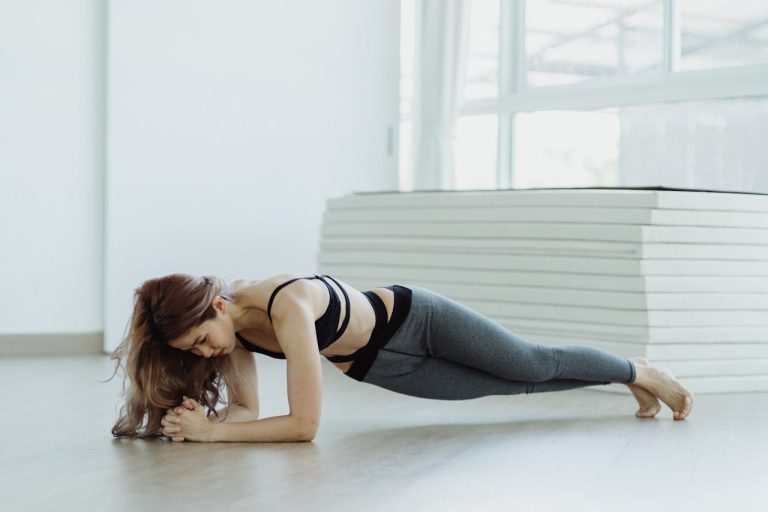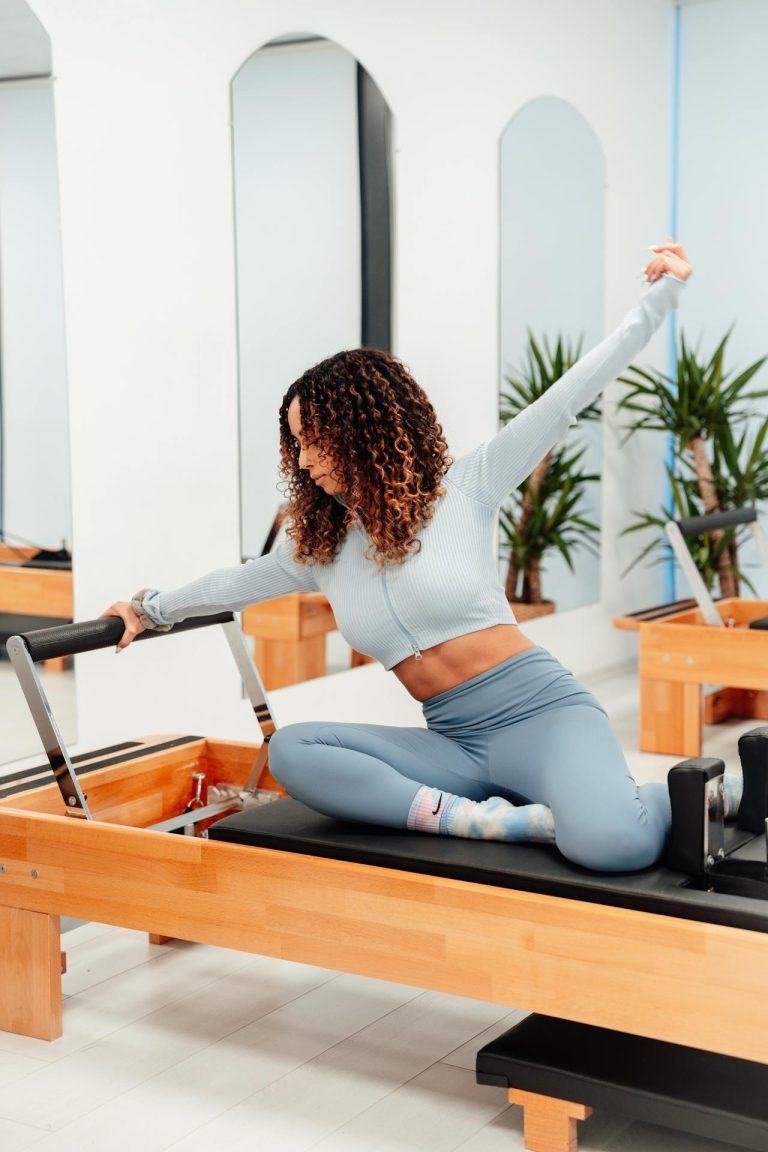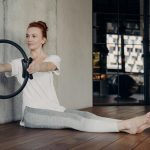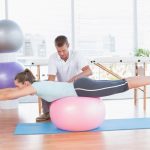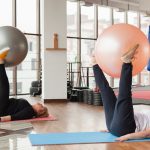Let’s be honest: if you’re like most of us, you’ve probably caught yourself slouching in front of your computer, craning your neck to look at your phone, or just generally feeling… well, kind of bent out of shape. Poor posture is practically an epidemic these days, thanks to all the hours we spend sitting, staring, and scrolling.
But here’s a question: have you ever wondered how Pilates fits into all this? More specifically, how does Pilates actually help with posture? Is it just hype, or does it really make a difference?
If you’re curious (or just tired of hearing your back crack), let’s break down how Pilates can literally change the way you stand, sit, and feel in your own body.
Why Posture Matters (More Than You Think)
Good posture isn’t just about looking confident (though that’s definitely a nice bonus). It’s about keeping your bones, muscles, and joints aligned so your body works the way it’s supposed to. When your posture slips, you might start to notice:
- Neck or shoulder pain
- Back stiffness or aches
- Headaches
- Fatigue
- Even breathing difficulties (yes, really!)
Over time, bad posture can make everyday movement harder and increase your risk of injury.
The Pilates Posture Fix: What’s the Connection?
Pilates is basically a posture superhero disguised as a workout. Here’s why:
1. Pilates Strengthens Your Core
Your core is the powerhouse that supports your spine and pelvis. When your core is strong, it holds you upright naturally. Pilates focuses heavily on core engagement—think deep belly muscles and the pelvic floor—helping you build a stable base that keeps you tall and balanced.
2. Pilates Lengthens Tight Muscles
Spending hours hunched over a screen tightens your chest and hip flexors. Pilates stretches those muscles out while strengthening their opposites (like your upper back and glutes). This muscle balance is key to correcting posture.
3. Pilates Improves Body Awareness
One of the best things about Pilates? It teaches you to listen to your body. You learn what good alignment feels like, so you can catch yourself before you slump or crane your neck.
4. Pilates Rebalances Muscle Use
Posture problems often come from muscles that are either too tight or too weak—and many people unknowingly rely on the wrong muscles to get through the day. Pilates retrains your body to use muscles correctly, promoting better posture naturally.
Pilates Moves That Make Posture Better (Try These!)
Want some quick ways to start fixing your posture with Pilates? Here are a few moves that are especially good:
The Pilates Roll-Up
This classic move strengthens your core and helps you articulate your spine, encouraging better spinal mobility and alignment.
Shoulder Bridge
Strengthens your glutes and lower back while stretching your chest and hip flexors, counteracting that hunched-over feeling.
Chest Lift
A gentle abdominal move that strengthens the deep core muscles supporting your spine.
Scapular Squeeze
Squeeze your shoulder blades together and down to strengthen your upper back muscles—perfect for combating rounded shoulders.
Wall Roll-Down
Stand with your back against a wall and slowly roll your spine down one vertebra at a time, then roll back up. It helps reset spinal alignment and improves awareness.
Why Pilates Works When Other Exercises Don’t
You might wonder why Pilates seems so good for posture compared to, say, just doing crunches or general stretching. The secret lies in Pilates’ focus on:
- Precision: It’s about quality over quantity—moving with control to retrain how your muscles work together.
- Breath: Pilates links breathing with movement, which helps you stay calm and engaged with your posture.
- Mindfulness: You’re not just doing exercises—you’re building a connection with your body and posture habits.
Real-Life Benefits of Better Posture from Pilates
When you improve your posture with Pilates, here’s what people often notice:
- Less neck, back, and shoulder pain
- More energy (standing tall helps you breathe better!)
- Improved confidence and presence
- Easier movement and better balance
- Clothes fitting better because your body is more aligned
Quick Tips to Keep Your Posture in Check Every Day
Pilates is a powerful tool, but good posture is a daily practice. Here are some easy habits to help:
- Set reminders to check your posture during the day.
- Take breaks from screens and move your body often.
- Use Pilates principles off the mat—stand and sit tall, engage your core, relax your shoulders.
- Stretch your chest and hip flexors regularly.
- Keep your workspace ergonomically friendly.
Also Read : Is Pilates Good for Weight Loss? Here’s What You Need to Know
The Bottom Line: Pilates and Posture Are BFFs
If you spend a lot of time slouching or feel stiff and sore from bad posture, Pilates can make a big difference. It’s a gentle, effective way to strengthen the muscles that keep you upright, lengthen the ones that pull you forward, and help you become more aware of how you carry yourself.
And the best part? As your posture improves, you’ll feel more confident, comfortable, and ready to take on your day—without that nagging pain holding you back.
Ready to give your posture some love? Roll out your mat and start moving. Your back (and your future self) will thank you.

